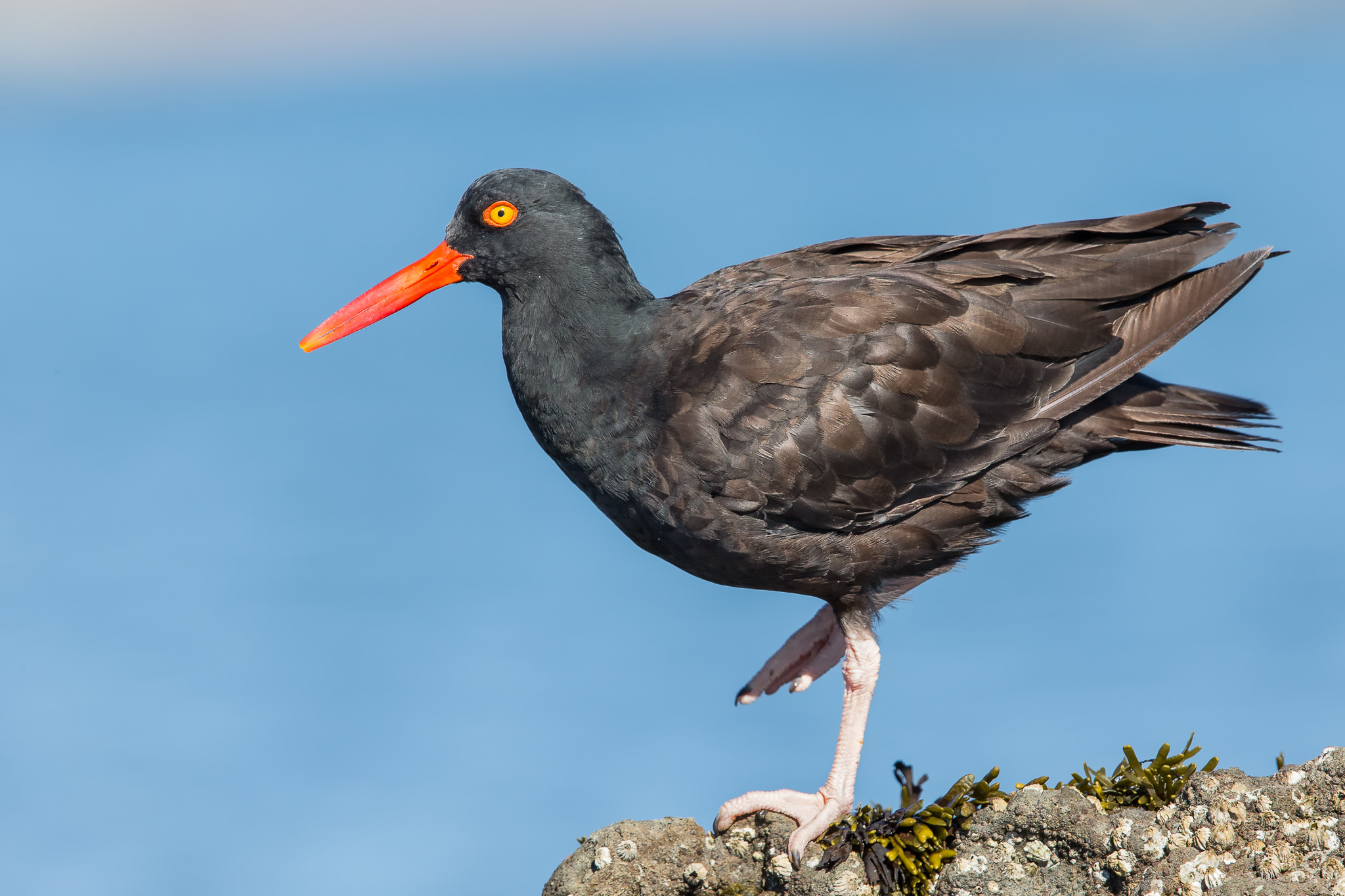THE RUSHING




A phalarope is any of three living species of slender-necked shorebirds in the genus Phalaropus of the bird family Scolopacidae. The English and genus names come through French phalarope and scientific Latin Phalaropus from Ancient Greek phalaris, “coot”, and pous, “foot”. Coots and phalaropes both have lobed toes. Phalaropes are close relatives of the shanks and tattlers, the Actitis and Terek sandpipers, and also of the turnstones and calidrids. They are especially notable for two things: their unusual nesting behavior, and their unique feeding technique. Two species, the red phalarope (Phalaropus fulicarius, called grey phalarope in Europe) and red-necked phalarope […]





The killdeer (Charadrius vociferus) is a medium-sized plover. The genus name Charadrius is a Late Latin word for a yellowish bird mentioned in the fourth-century Vulgate. It derives from Ancient Greek kharadrios a bird found in ravines and river valleys (kharadra, “ravine”). The specific vociferus is Latin and comes from vox, “cry” and ferre, “to bear”. They are a noisy bird, and their English name comes from their distinctive kill deer cry. The adults have a brown back and wings, a white belly, and a white breast with two black bands. The rump is tawny orange. The face and cap […]



The Bullock’s oriole (Icterus bullockii) is a small New World blackbird. At one time, this species and the Baltimore oriole were considered to be a single species, the northern oriole. This bird was named after William Bullock, an English amateur naturalist. Bullock’s orioles are sexually dimorphic, with males being more brightly colored than females. In addition, adult males tend to be slightly larger and heavier than females. In general, adults range in mass from 29 to 43 g (1.0 to 1.5 oz). Adults have a pointed bill with a straight culmen. In adult males, the tail is long, square, and […]

The American oystercatcher (Haematopus palliatus), occasionally called the American pied oystercatcher, is a member of family Haematopodidae. The bird is marked by its black and white body and a long, thick orange beak. The American oystercatcher has distinctive black and white plumage and a long, bright orange beak. The head and breast are black and the back, wings and tail greyish-black. The underparts are white, as are feathers on the inner part of the wing which become visible during flight. The irises are yellow and the eyes have orange orbital rings. The legs are pink. Adults are between 42–52 cm […]


The greater yellowlegs (Tringa melanoleuca) is a large North American shorebird. The genus name Tringa is the New Latin name given to the green sandpiper by Aldrovandus in 1599 based on Ancient Greek trungas, a thrush-sized, white-rumped, tail-bobbing wading bird mentioned by Aristotle. The specific melanoleuca is from Ancient Greek melas, “black”, and leukos, “white”. The greater yellowlegs is similar in appearance to the smaller lesser yellowlegs. Its closest relative, however, is the greenshank, which together with the spotted redshank form a close-knit group. Among them, these three species show all the basic leg and foot colors found in the […]



Ridgway’s rail (Rallus obsoletus) formerly known as Clapper Rail is a near-threatened species of bird. It is found principally in California’s San Francisco Bay to southern Baja California. A member of the rail family, Rallidae, it is a chicken-sized bird that rarely flies. This species is closely related to the clapper rail, and until recently was considered a subspecies. It has a long, downward curving bill and is grayish brown with a pale chestnut breast and conspicuous whitish rump patch. The population levels of Ridgway’s rail are precariously low due to destruction of its coastal and estuarine marshland habitat by […]

The green heron is relatively small; adult body length is about 44 cm (17 in). The neck is often pulled in tight against the body. Adults have a glossy, greenish-black cap, a greenish back and wings that are grey-black grading into green or blue, a chestnut neck with a white line down the front, grey underparts and short yellow legs. The bill is dark with a long, sharp point. Female adults tend to be smaller than males, and have duller and lighter plumage, particularly in the breeding season. Juveniles are duller, with the head sides, neck and underparts streaked brown […]


The American bittern (Botaurus lentiginosus) is a species of wading bird of the heron family (Ardeidae). It has a Nearctic distribution, breeding in Canada and the northern and central parts of the United States, and wintering in the southern United States, the Caribbean islands and parts of Central America. It is a well-camouflaged, solitary brown bird that unobtrusively inhabits marshes and the coarse vegetation at the edge of lakes and ponds. In the breeding season it is chiefly noticeable by the loud, booming call of the male. The nest is built just above the water, usually among bulrushes and catstails, […]



The blue-eared kingfisher (Alcedo meninting) is found in Asia, ranging across the Indian subcontinent and Southeast Asia. It is found mainly in dense shaded forests where it hunts in small streams. It is darker crowned, with darker rufous underparts and lacking the rufous ear stripe of the common kingfisher (Alcedo atthis) which is found in more open habitats. A number of subspecies have been described that differ in measurement and colour shade. Adult males have an all dark bill while females have a reddish lower mandible. This 16 centimetres (6.3 in) long kingfisher is almost identical to the common kingfisher […]

